Our last day in Arkansas was more exciting than planned. We looked at our map and found “Goat Bluff Trail” near the old ghost settlement of Erbie. It sounded like an easy, scenic loop. So far our National Geographic Trails Illustrated map had not let us down (I’d consulted it constantly on Tuesday’s long trek). The map showed an improved dirt road from Compton to Erbie, and at first it looked very nice. But as we continued along, we realized it had not been “improved” in many, many years. That’s when I also realized that our map was made in 1992, and although it was updated in 2007 I don’t know that anyone bothered to look at this particular road. Soon we were crawling along in 4WD low, thankful for high clearance, and hoping we didn’t encounter a huge washout that would require us to retrace our route in reverse, because there weren’t a whole lot of places to turn around! The goats had a very rough ride, and it took us a long time to cover four miles. When we finally arrived at our destination, we saw this sign in our rearview mirror… gee, if only they had thought to put one at the other end!

I believe I mentioned that there are a lot of spiders in Arkansas. One of them liked Sputnik’s view and decided to build on the unclaimed real estate between his horns. She started before we left our cabin and was still working away an hour and a half later when we arrived at the trailhead.

Goat Bluff Trail was pleasant and wooded and ran along an old farmstead fence. If it weren’t for his orange packs, Sputnik might have been lost among the speckled rocks and dappled shadows.

Goat Bluff: Naturally, Finn has to lean over the edge and take a look around.
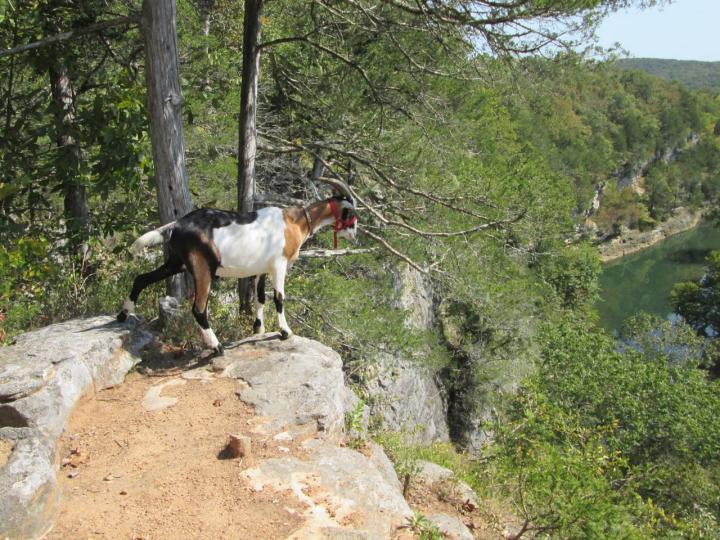
Sputnik prefers a more cautious approach.

If it weren’t for the purple halter and orange pack you’d never see him.

After Goat Bluff Trail, we hiked down into the river bottoms where we encountered “Farmer’s Farmstead”. I thought it was a funny name and wondered whether this was the owners’ last name or whether it was given a generic label because no one knew their name. First we explored the spacious old barn. It looked in better shape than some of the barns I’ve used over the years!
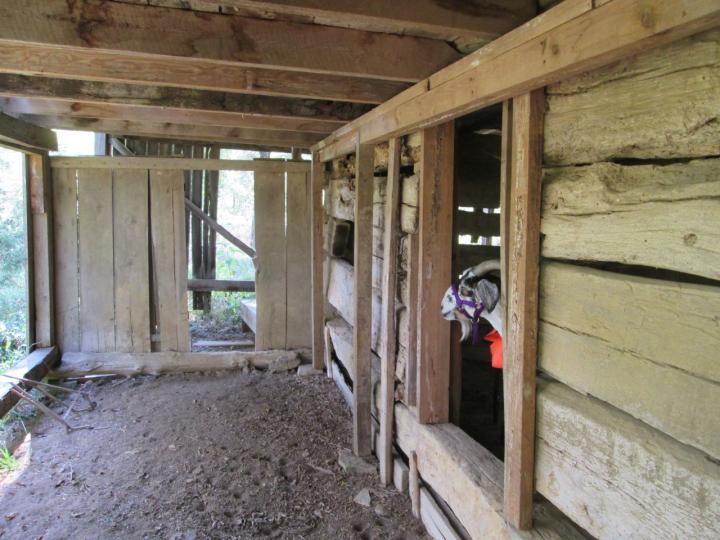
Not far away, although difficult to see through the dense brush, was the farmhouse.

The cellar door was broken and I found many empty glass jars still on the shelves.
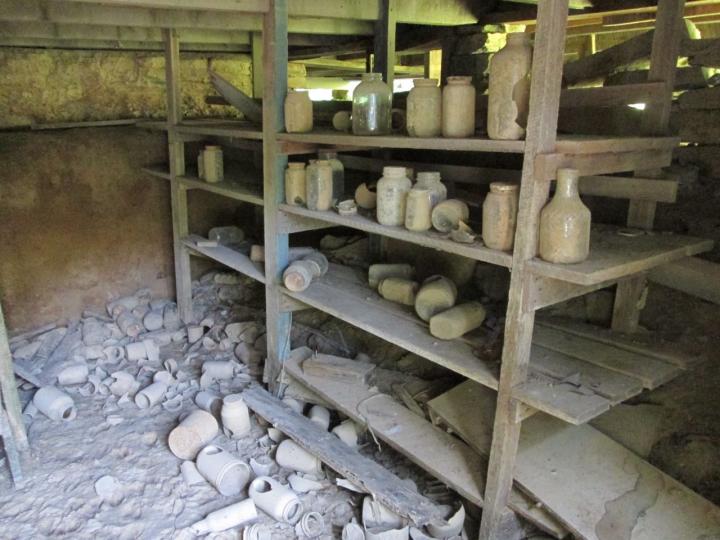
And there was ample evidence of wild pigs! I thought they were deer hoof prints at first, but deer don’t live in dark, underground places. I’ve never hiked in wild pig territory before.
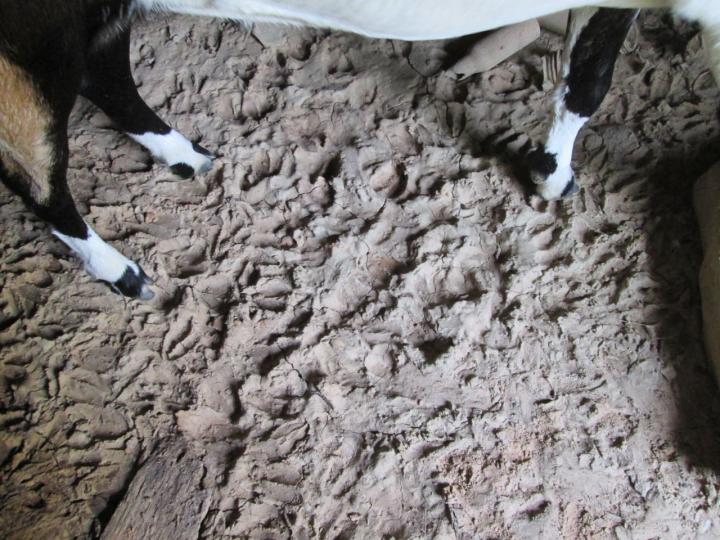
I found this little medicine vial on the porch. I wonder what it once contained?

The interior of the house was in tatters and looked like it had last been occupied in the 1960’s or 70’s. There were pieces of glittering formica backsplash in the kitchen, peeling floral wallpaper, and cracked linoleum tiles on the floor. The sole inhabitant (other than the transient wild pigs in the cellar) was a bat hanging from the living room ceiling. I took many photos because abandoned houses fascinate me in a sad sort of way, but this picture stuck with me because of the leaf pattern stenciling on the door. It’s the personal touches that made this house a home to the people who once lived in it, and it’s sad to think that a house once full of warmth, happiness, and family has sat cold and abandoned through the years. So many events occupied these people’s minds–things that at the time were so important but are no longer remembered–a sick calf, a church picnic, an early frost, a dance, a washout in the road, a new foal. Everyday things put color into our lives but are forgotten with Time, and those who come after can only imagine them.
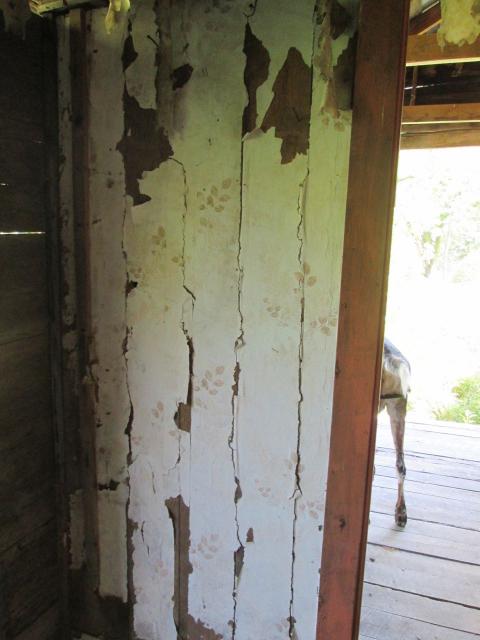
Right next to the main “Farmer” residence was a completely collapsed house that Phil called the “man cave” because of the large easy chair still standing among the rubble.

And then there is the necessary house. This one looks ready for action and is double-seated for maximum efficiency.
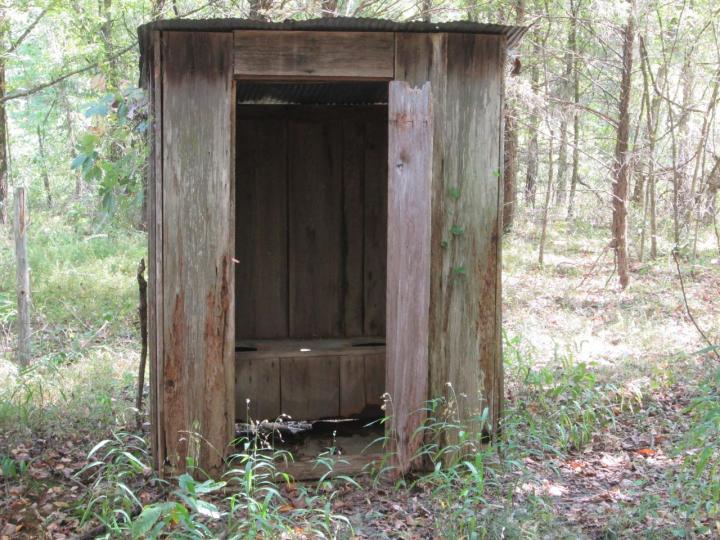
I’m not sure what this shed was for. It was leaning at such a crazy angle that I wasn’t about to step closer and investigate. Sputnik was foolhardy enough to take a peek despite my protests, but he wouldn’t tell me what he spied through that door.
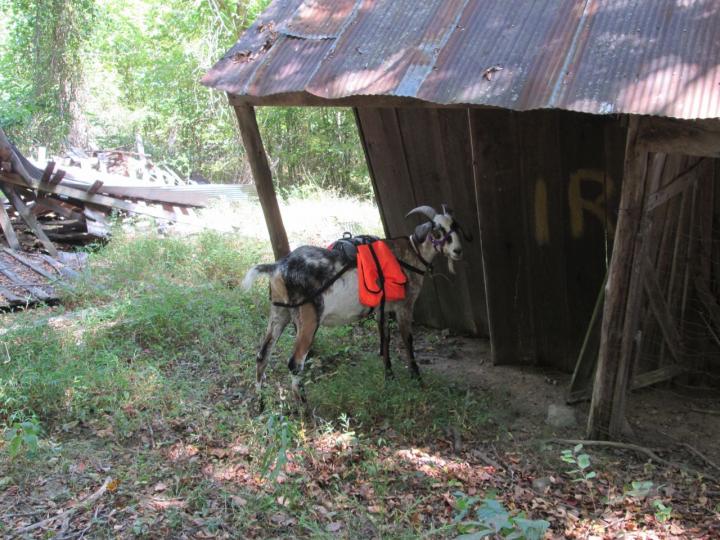
After Farmer’s Farmstead, we hiked up the hill to Cherry Grove Cemetery. It was shady and quiet and the perfect spot for a rest and a picnic lunch. The last person was buried here in 1971.
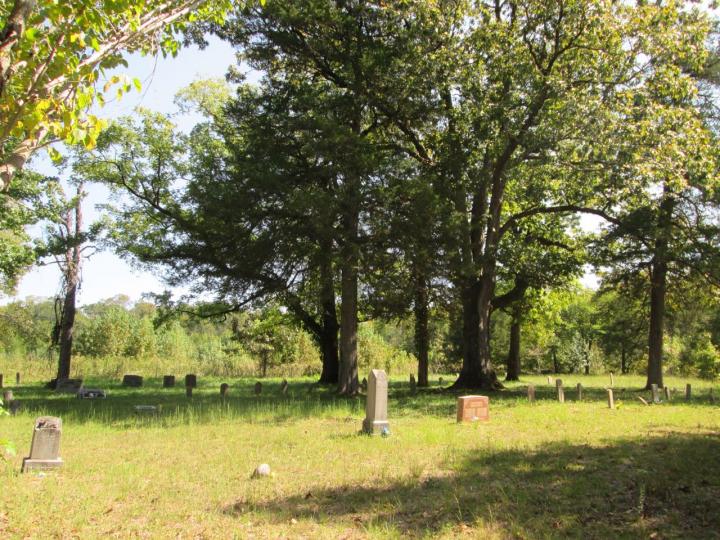
Here we found the answer to our question about the “Farmer” farmstead. It was a last name after all. Here lies James W. and Sarah E. Farmer.
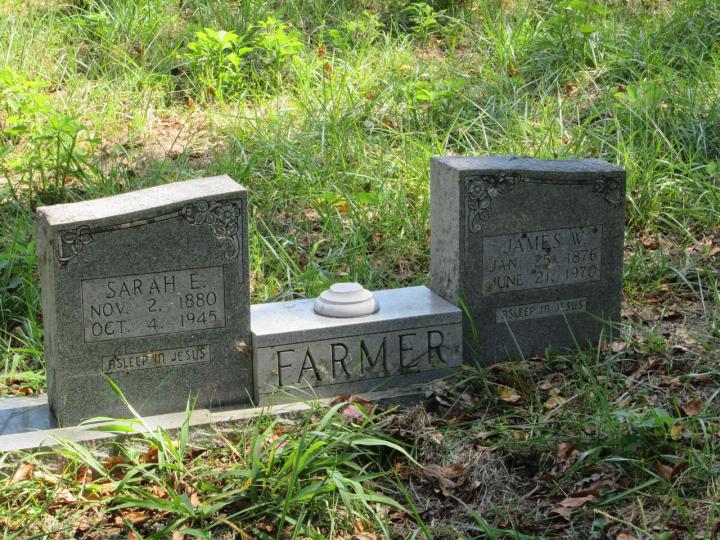
Next to them are buried two of their children who died in infancy.

If yesterday’s river tromping adventure was Finn’s day for photos, this one was Sputnik’s.

Finn and Sputnik made themselves very cozy between a couple of Buchanans.

We ended up spending a lot more time in this graveyard than originally planned because reading the headstones was so entertaining. While it’s easy for us to take our education for granted in this day and age, I’m sure it was difficult to get formal learning in these remote areas back in the 1800’s. Unfortunately, the grave carver chiseled his lack of education (and sometimes perhaps his inebriation) in stone. In case they are hard to read on your computer screen, I have added translations above each picture.
I don’t know why there is a period behind every word, but it seems to be a common (though not consistent) theme with this particular headstone carver. The spacing is rather interesting as well. Didn’t this guy ever think of penciling in the letters before he started carving? If he did it all freehand, I’m impressed with his skill, but not with his forethought.
“Wele. cross. the. river. of. Jordan. hapy. in. the. lord.”

“gods. childorn. are. gethering. home. to.die. no. mo re.”

“blesed. ar. the. ded. who di. in the lord”
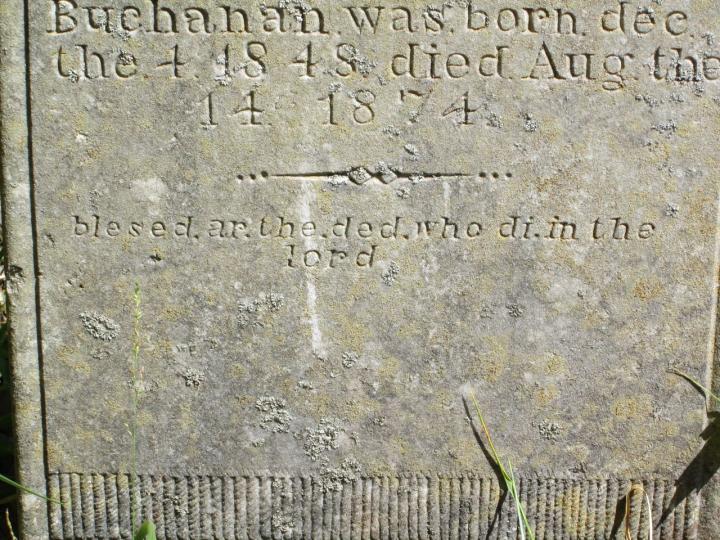
This was our favorite:
“IN. MEMORY. OF
joseph M. Buch.
anan .was Born.
a prile. the. 9.18 27.
was killed BY
Confederates.
Mrach. the. 5 1864
whilst. in. the.
service of the
natianal armey
as a Recruiting
Officer.”
I can forgive misspellings, but how does one make a typo while carving in stone? “Mrach”?? And if you’re going to misspell in stone, why ADD letters (“aprile”, “armey”)? I can’t help but think that this man might have had a little help from the jug down cellar while chiseling out his masterpiece. I love how the “r” in “Recruiting” was squeezed in afterwards.
My favorite part is that it is carved into a headstone with books adorning the top–a shrine to education. This headstone is indeed a masterpiece. I only hope mine will be this memorable.

This headstone was unique in that I’ve never seen so much age detail given on an adult’s headstone.
“IN.MEMORY. OF
Margret. Farmer was
born oct the 9day18 58
an died nov the 24 1882
age 24yers 1month an
15 days Born in Newton
CO
ARK ”

Lest we laugh too immoderately over the dead, I bring us back down to sobering reality with this infant’s gravestone. Many youngsters were buried here. It appeared that one couple lost at least five or six babies and children. Quite a few women died in their 20’s and 40’s as well. I wondered if many of them died in childbirth. I’m sure doctors were scarce here back in the 1800’s and their medical resources limited. It was not an easy life, and I admire the brave folks who, despite incredible hardship, carved out a place for themselves in these steep, rocky valleys.

After we left the cemetery we came to a rather difficult river crossing. It was wide and almost waist deep. Going around was not an option at this point–we’d come way too far. So we took off our shoes, held them over our heads, and waded in. Sputnik’s panniers floated for a few seconds and then filled with water. Good thing we’d already eaten most of the food! I kept the camera over my head and hoped I wouldn’t slip and fall on the uneven bottom. I had some close calls, but since Sputnik was on a leash next to me I was able to grab onto him for balance a couple of times. When we got to shore and replaced our socks and shoes, Phil noticed that his ankles were once more covered in seed ticks. Yuck!

We soon came to a newly mown hay field and another old barn. This one was big and beautiful with a long grain storage area down the center, many box stalls for horses, areas on the side to keep equipment, and a huge hay mow up top. Sputnik is standing in front of the grain storage. I liked the slanted boards.

Around the corner was a beautiful farmhouse that went with the big barn. We couldn’t peek inside because it was all boarded up, but the outside looked as nice as if it were ready to welcome new occupants.

The Erbie historic church was a little further on, and there we encountered a bevy of park rangers because the church was undergoing restoration. I was a little nervous that they might say something about our goats. After all, the locals had warned us that they might not be welcome in the National Park. But while the rangers were surprised, they were not hostile. They were mostly intrigued, and I told them they ought to look into using packgoats to help with trail maintenance in the non-horse areas of the park.
When we arrived at our truck we considered going the long way home on the well-maintained 2WD roads that the park service had used to access the church. But since we’d already conquered the rough road coming down, we decided it would be just as well to take the same way back. It wasn’t so bad now that we knew what to expect. We had just enough daylight left to take a quick jump in the river at Ponca before heading back to our cabin for one last soak in the hot tub and packing up. It was a grand four days in Arkansas, and our only regret was that we got so many seed ticks. My ankles are still itching two weeks later (although they’re finally starting to get better). Next time we’re using the waterproof bug repellent and we’ll be spraying under our socks as well as above them!


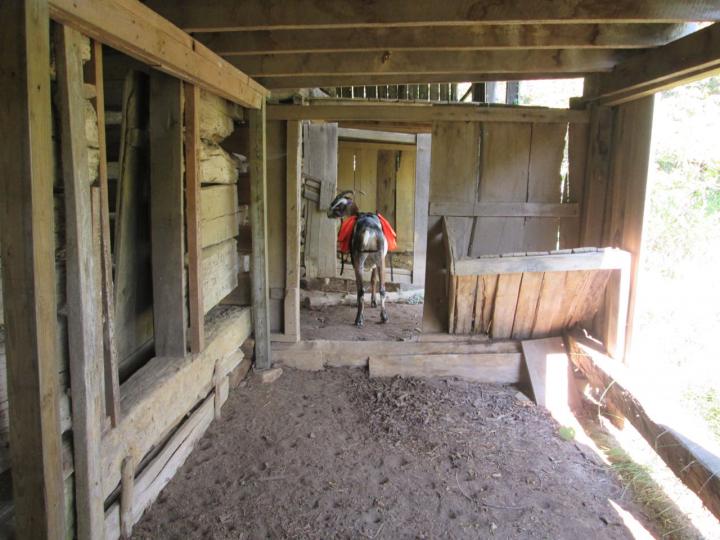

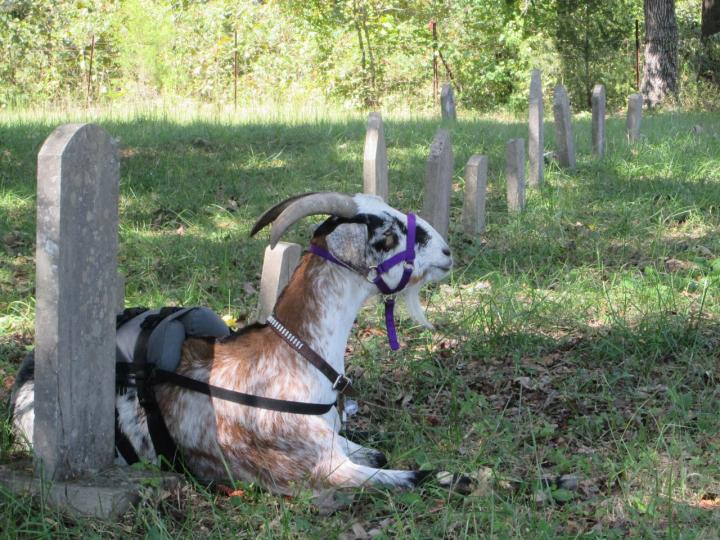
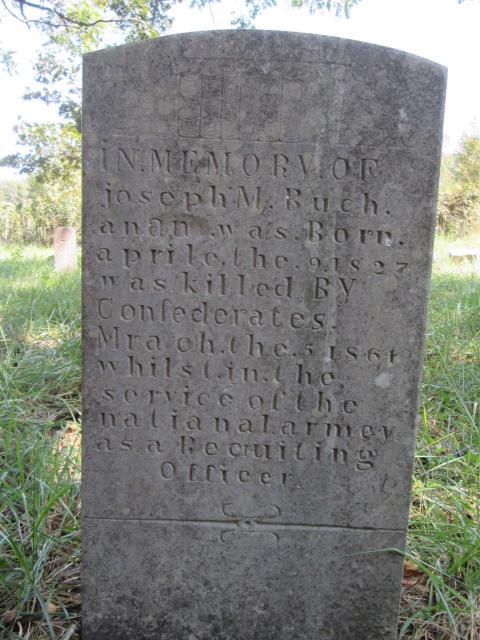
neat adventure!!